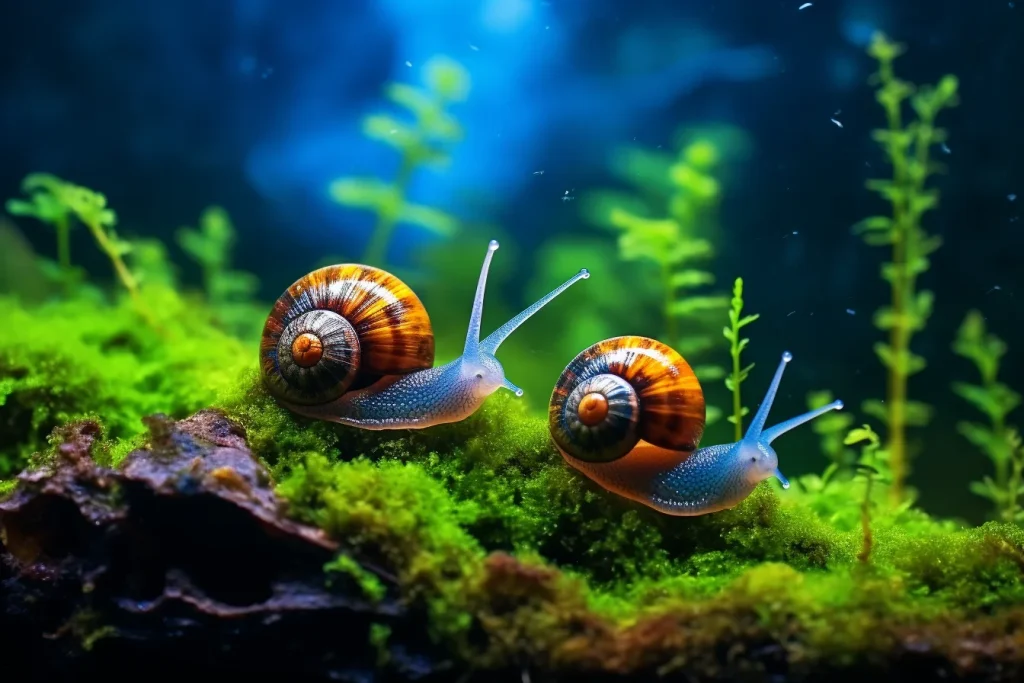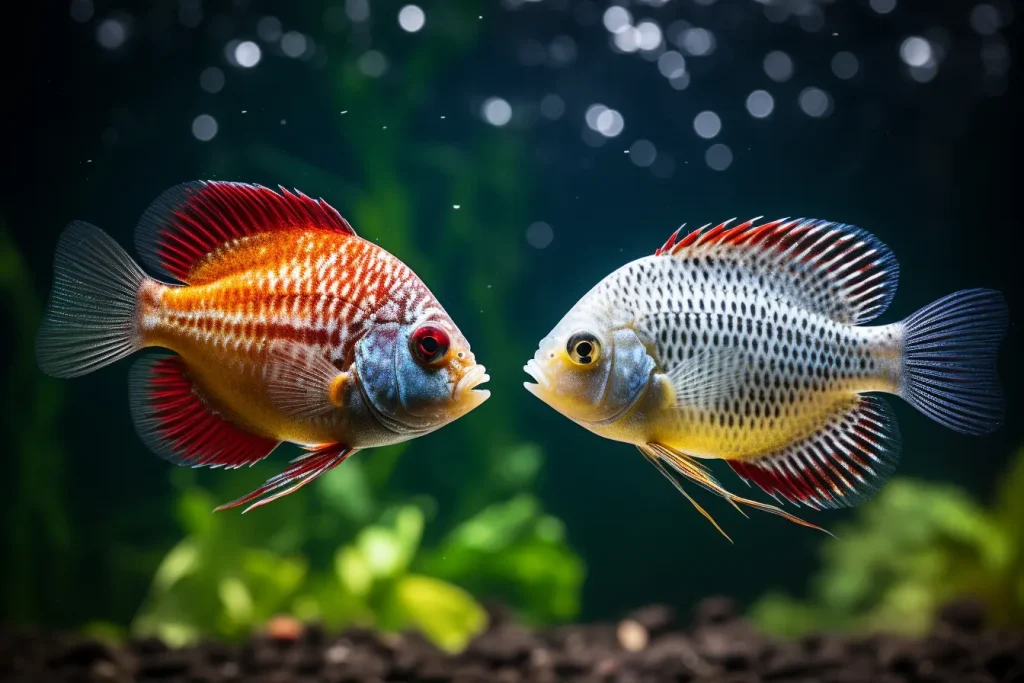How to Breed Nerite Snails
Nerite snails are popular among aquarium enthusiasts for their algae-eating abilities and unique shell patterns. Breeding nerite snails, including the intriguing horned nerite variant, can be a rewarding experience, offering insights into the fascinating lifecycle of these creatures. This comprehensive guide will walk you through the process, from setting up the right environment to understanding how species like the horned nerite snail reproduce and caring for the tiny larvae.
Introduction to Nerite Snails
Nerite snails are freshwater and marine inhabitants known for their vibrant shells and beneficial role in controlling algae. They are relatively easy to care for, making them a favorite choice for both novice and experienced aquarists. Breeding nerite snails, however, requires a bit more expertise and patience. It\\\\\\\’s not only about increasing their population but also about understanding and appreciating the intricacies of their life cycle, especially when delving into how the horned nerite snail reproduces.
Setting Up the Breeding Tank
Successfully breeding nerite snails, including understanding how the horned nerite snail reproduces, begins with the right environment. A spacious tank, ideally starting from 10 gallons, allows for ample room for movement and egg-laying. Keep the water parameters stable: a pH level around 7.5-8.2 and hardness between 8-12 dKH are ideal. Substrate choice can vary, but sand or fine gravel facilitates natural behavior. Decorations like driftwood or plants create a more stimulating environment. Maintain a consistent temperature of 75-79°F and provide moderate lighting to mimic their natural habitat.
Understanding Reproductive Behavior
Differentiating between male and female nerite snails can be challenging, as they show minimal external sexual dimorphism. This is particularly true for species like the horned nerite snail. The mating process often begins with the male trailing the female, culminating in egg laying if the female is receptive. Observing these behaviors can provide insights into the breeding process and how the horned nerite snail reproduces.
Stimulating Breeding
To encourage breeding, simulate the onset of the rainy season in their natural environment by slightly altering water conditions. This is particularly effective in stimulating the horned nerite snail to reproduce. Gradually increasing the temperature and adding fresh water can trigger the breeding instinct. Introduce potential mates into the tank, ensuring a balanced male-to-female ratio.
Caring for the Eggs
Nerite snails lay eggs in clusters, often on hard surfaces like tank glass or decorations. The eggs are small, hard, and white, resembling sesame seeds. While the eggs require no special care, it\\\\\\\’s crucial to maintain water quality and protect them from predators in a community tank. Successfully breeding species like the horned nerite snail and caring for their eggs requires attention to these details.
Hatching and Rearing the Larvae
Once transferred to brackish conditions, the eggs will hatch into larvae after about 2-4 weeks. These larvae are initially planktonic and require fine, specialized food like infusoria or liquid fry food. A separate rearing tank for the larvae prevents cannibalism and ensures they receive appropriate care without competition from other tank inhabitants.
Troubleshooting and Tips
Breeding nerite snails, including variants like the horned nerite snail, can face challenges like unfertilized eggs, fluctuating water parameters, or difficulty in achieving the transition from larvae to juvenile snails. Regularly test water parameters, provide a varied diet, and maintain a clean tank. Patience is key; it can take several attempts to successfully breed and rear nerite snails.
Conclusion
While breeding nerite snails can be a challenge, it\\\\\\\’s a deeply rewarding process that enhances the understanding of these fascinating creatures. With careful planning, precise environmental control, and a dedication to understanding the unique aspects of each species, such as how the horned nerite snail reproduces, aquarists can successfully breed and raise nerite snails, adding a new level of engagement to their aquarium hobby.
FAQ
Q: What conditions are ideal for breeding nerite snails? A: Nerite snails breed best in a stable environment with a pH of 7.5-8.2, hardness of 8-12 dKH, and a temperature of 75-79°F.
Q: Can nerite snails breed in freshwater? A: Yes, nerite snails can breed in freshwater, but their eggs only hatch in brackish water conditions.
Q: How can I tell male nerite snails from females? A: It\\\\\\\’s challenging to differentiate male from female nerite snails as they show minimal external sexual dimorphism. Generally, females tend to be larger.
Q: Do nerite snails reproduce asexually? A: No, nerite snails do not reproduce asexually. They require both male and female for breeding.
Q: What should I feed my nerite snails? A: Nerite snails thrive on a diet of algae and blanched vegetables. Ensure a balanced diet for their health and vitality.
Q: How often do nerite snails lay eggs? A: Nerite snails lay eggs every few weeks, often in clusters on hard surfaces within the aquarium.



